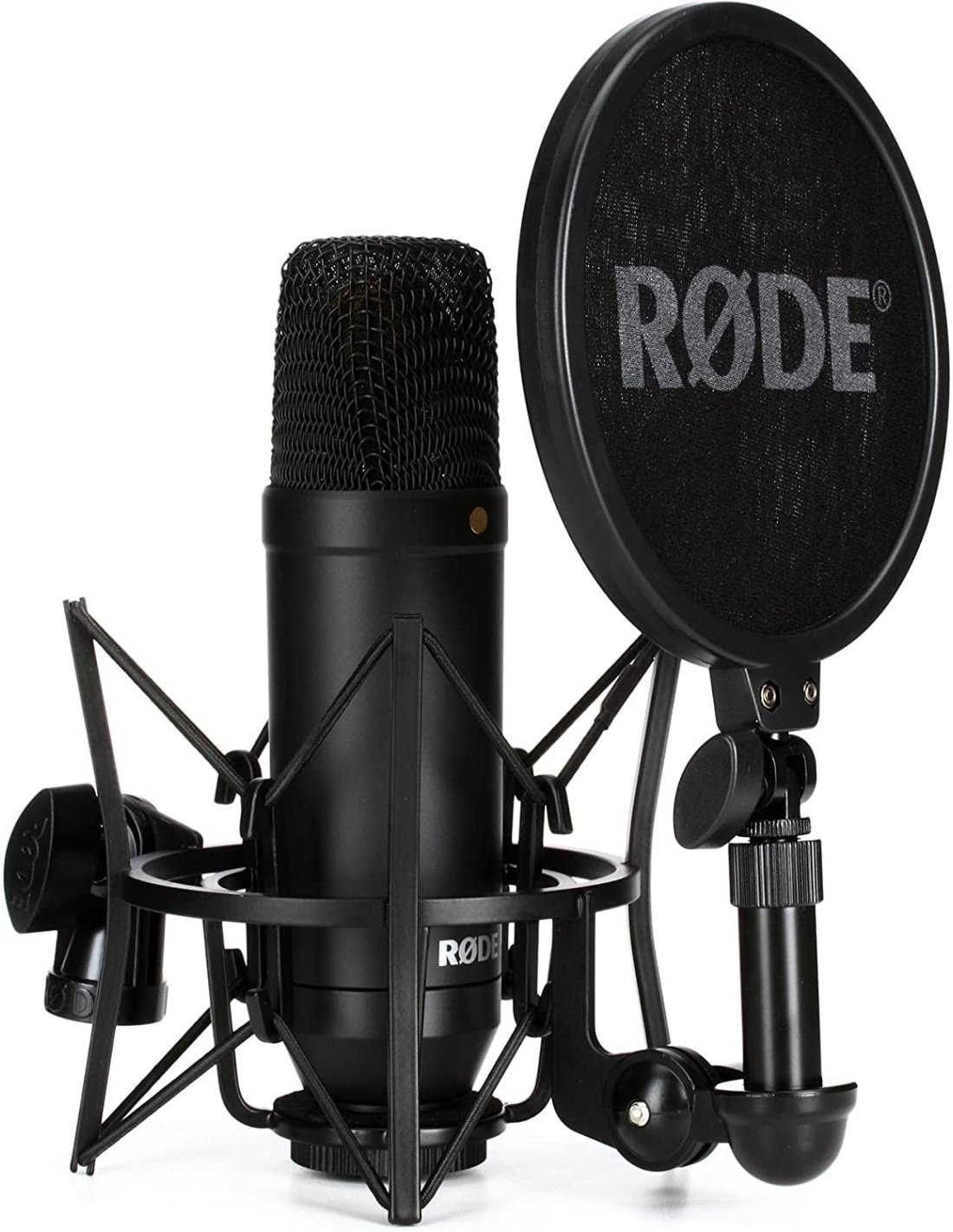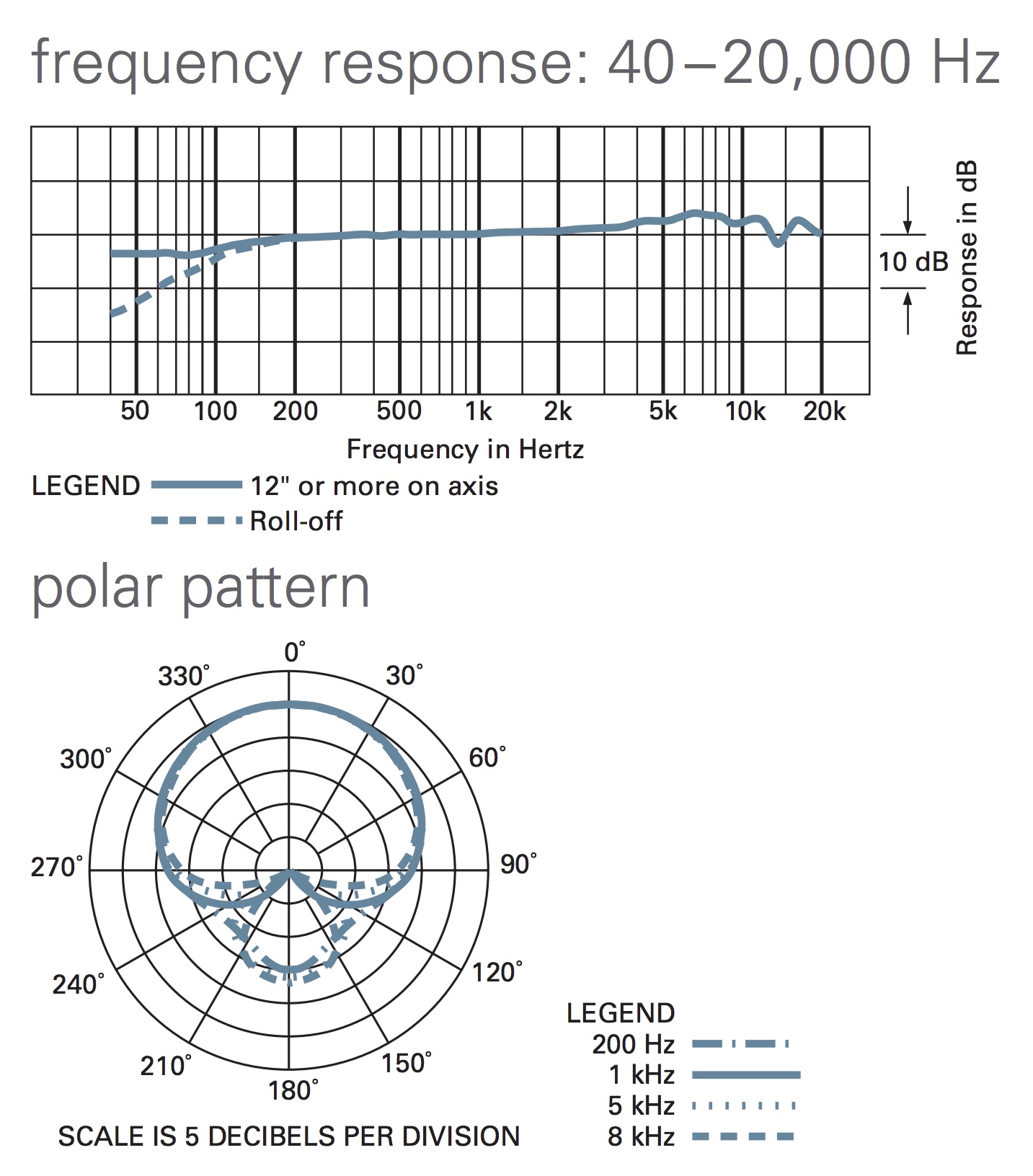Distinguish the best condenser mic in our list of the top 7 condenser microphones for studio-quality audio. Whether you’re a musician, podcaster, or content creator, find the perfect condenser microphone to enhance your sound recording and production.”
Condenser microphones are a popular choice among musicians, podcasters, and content creators for their ability to capture every nuance of a vocal and every detail of an instrument. With so many options on the market, it can be overwhelming to choose the best one for your needs. In this article, we will explore the best condenser microphones available in 2023 to help you make an informed decision.
When looking for the best condenser mic, it’s important to consider factors such as frequency response, polar pattern, and sensitivity. A good condenser microphone should be able to capture a wide range of frequencies, from the lowest bass notes to the highest treble tones, with clarity and accuracy. Additionally, the polar pattern of the microphone will affect how it picks up sound, whether it’s from a single source or multiple sources in a room.
Sensitivity is also an important factor to consider, as it determines how well the microphone can pick up quiet sounds without introducing unwanted noise. Are you putting together your own home studio? Check out our article on the Top 7 Picks for Best MIDI Controller and add some more hardware to the party.
In this article, we’re gunna review some of the best condenser microphones available now, taking into account factors such as sound quality, build quality, and value for money. Whether you’re a professional musician looking for a high-end studio microphone or a beginner podcaster on a budget, we’ve got you covered. So, let’s dive in and explore the world of condenser microphones.





Disclosure:
Table of Contents
Deciphering Condenser Mics
Condenser mics are a type of microphone that uses a capacitor to convert sound waves into an electrical signal. They are known for their sensitivity and ability to capture detail in sound, making them popular in recording studios and for live performances.
Here are some key features of condenser microphones:
- Diaphragm size: Condenser microphones can have either a large or small diaphragm. Large diaphragm condenser microphones are typically used for vocals and acoustic instruments, while small diaphragm condenser microphones are better suited for capturing detail in high-frequency sounds like cymbals and strings.
- Polar patterns: Condenser microphones can have different polar patterns, which determine how they pick up sound. The most common polar patterns are cardioid, which picks up sound from the front and rejects sound from the back, and omnidirectional, which picks up sound from all directions.
- Power source: Condenser microphones require a power source, either from an external power supply or from the microphone itself. Some condenser microphones have a built-in battery or use phantom power, which is provided by the mixing console or audio interface.


When shopping for a condenser microphone, it’s important to consider your specific needs and budget. Here are some of the top selling picks for best condenser mic available on the market:
| Microphone | Features | Price |
|---|---|---|
| Audio-Technica AT2020 | Large diaphragm, cardioid polar pattern, budget-friendly | $99 |
| Rode NT1 | Large diaphragm, cardioid polar pattern, low self-noise | $249 |
| AKG Pro Audio C214 | Large diaphragm, cardioid polar pattern, robust construction | $479 |
| Shure SM27B | Large diaphragm, cardioid polar pattern, switchable low-frequency filter | $316 |
| Neumann TLM 102 | Large diaphragm, cardioid polar pattern, high SPL handling | $729 |
| Audio-Technica AT4053B | Small diaphragm, hypercardioid polar pattern, rugged design | $699 |
| AKG Pro Audio C1000S | Small diaphragm, switchable polar patterns, battery or phantom power | $301 |
Top 7 Picks for Best Condenser Mic
1. Audio-Technica AT2020 – Starting at $99

About the item:

2. Rode NT1 – Starting at $249

About the item:
Unrivaled low distortion.
Ultra-low self noise.
High SPL capability.

3. AKG Pro Audio C214 – Starting at $479

About the item:
Switchable 20Db Attenuator And Bass-Cut Filter For Close-Up Recording And Reduction Of Proximity Effect.
Integrated Suspension To Reduce Mechanical Noise And Vibration From Stage.

4. Shure SM7B – $316.99

About the item:

5. Neumann TLM-102 – Starting at $729

About the item:
Handles up to 144dB SPL.
Transformerless.
Elastically Suspended Capsule.
Slight presence boost above 6 kHz.

6. Blue Yeti – $149.99

About the item:

7. MXL 770 – Starting at $99.95

About the item:
Excellent for vocals, pianos, stringed instruments, and percussion.
Balanced bass response with high end clarity.
Low frequency roll-off to reduce unwanted rumble.

These are just some of the best condenser mics available. Each of them has its own strengths and weaknesses, and choosing the right one depends on your needs, budget, and preferences.

How to Choose the Best Condenser Mic
When it comes to choosing the best condenser mic, there are a few important factors to consider. Here are some key things to keep in mind:
Microphone Type

There are two main types of condenser mics: large diaphragm and small diaphragm.
Large diaphragm mics are typically better for recording vocals and instruments like acoustic guitar, while small diaphragm mics are better for capturing the nuances of instruments like drums and cymbals.
- Dynamic Microphones: These microphones are robust and versatile, making them suitable for live sound applications. They are often used for miking instruments, vocals, and amplifiers. The Shure SM58 is a famous example of a dynamic microphone.
- Condenser Microphones: Known for their high sensitivity and accuracy, condenser microphones are commonly used in studio recording. They are ideal for capturing vocals, acoustic instruments, and detailed sound sources. The Neumann U87 is a well-regarded condenser microphone.
Polar Pattern

Polar patterns refer to the directionality of the microphone.
Some common polar patterns for condenser mics include cardioid, omnidirectional, and figure-8.
Cardioid mics are great for recording vocals and other solo instruments.
Omnidirectional mics are better for capturing the sound of an entire room or ensemble.
Frequency Response

Frequency response refers to the range of frequencies that a microphone can capture.
Look for a mic with a flat frequency response that can accurately capture the full range of your instrument or voice.
Condenser microphones are renowned for their wide and accurate frequency response.
They can capture a broad range of frequencies, typically from around 20 Hz to 20,000 Hz, allowing for the detailed reproduction of both low and high-pitched sounds.
This extended frequency response makes condenser microphones a top choice for capturing the nuances of musical instruments, vocals, and various audio sources in professional studio environments.
Sensitivity

Sensitivity refers to how well a microphone can pick up quiet sounds.
If you plan on recording quiet instruments like acoustic guitar or whispering vocals, look for the best condenser mic with high sensitivity.
Condenser microphones are known for their high sensitivity, which enables them to capture even subtle audio details with precision.
Their sensitivity is often measured in decibels (dB), indicating the microphone’s ability to detect low-level sounds.
This makes the best condenser mic an excellent choice for recording acoustic instruments, where subtleties in performance are critical.
They may require very careful handling in high-volume settings to avoid distortion.
Brand Reputation

When it comes to audio equipment, brand reputation can be a good indicator of quality.
Some popular brands for condenser mics include Neumann, Audio-Technica, AKG, and Rode.
These brands often invest in research and development, resulting in innovative microphone technology and a track record of producing some of the industry’s most iconic and esteemed microphones.
By considering these factors, you can choose the best condenser mic for your recording needs. Some great options to consider include the Neumann TLM 103, Audio-Technica AT4053B, and Rode NT1-A.
Frequently Asked Questions
What are some of the top condenser mics for streaming?
What are the best condenser mics for vocals under $100?
What is the most common brand of condenser microphone?
Final Thought
Choosing the best condenser microphone for your needs can be a daunting task, but it’s important to invest in a quality microphone to capture the nuances of vocals and instruments. After researching and analyzing various sources, here are some key takeaways:
- The Rode NT1 is a popular choice for its low noise and clear sound quality.
- The Stellar X2 is a versatile option with a warm sound that works well for vocals and instruments.
- The MXL V67G is a budget-friendly option that still delivers a warm, vintage sound for vocals.
- The Audio-Technica AT2020 is a great entry-level XLR microphone for those on a tight budget.
- The Shure MV88 is a compact, portable option for recording on-the-go with an iPhone or iPad.
It’s important to consider factors such as polar patterns, frequency response, and connectivity when selecting a condenser microphone. Additionally, it’s important to invest in quality accessories such as a shock mount and pop filter to further improve the sound quality of your recordings.
Ultimately, the best condenser microphone for you will depend on your specific needs and preferences. By considering factors such as sound quality, versatility, and budget, you can find a microphone that will help you capture professional-quality recordings.





One thought on “Top 7 Picks For Best Condenser Mic For Professional Recording”